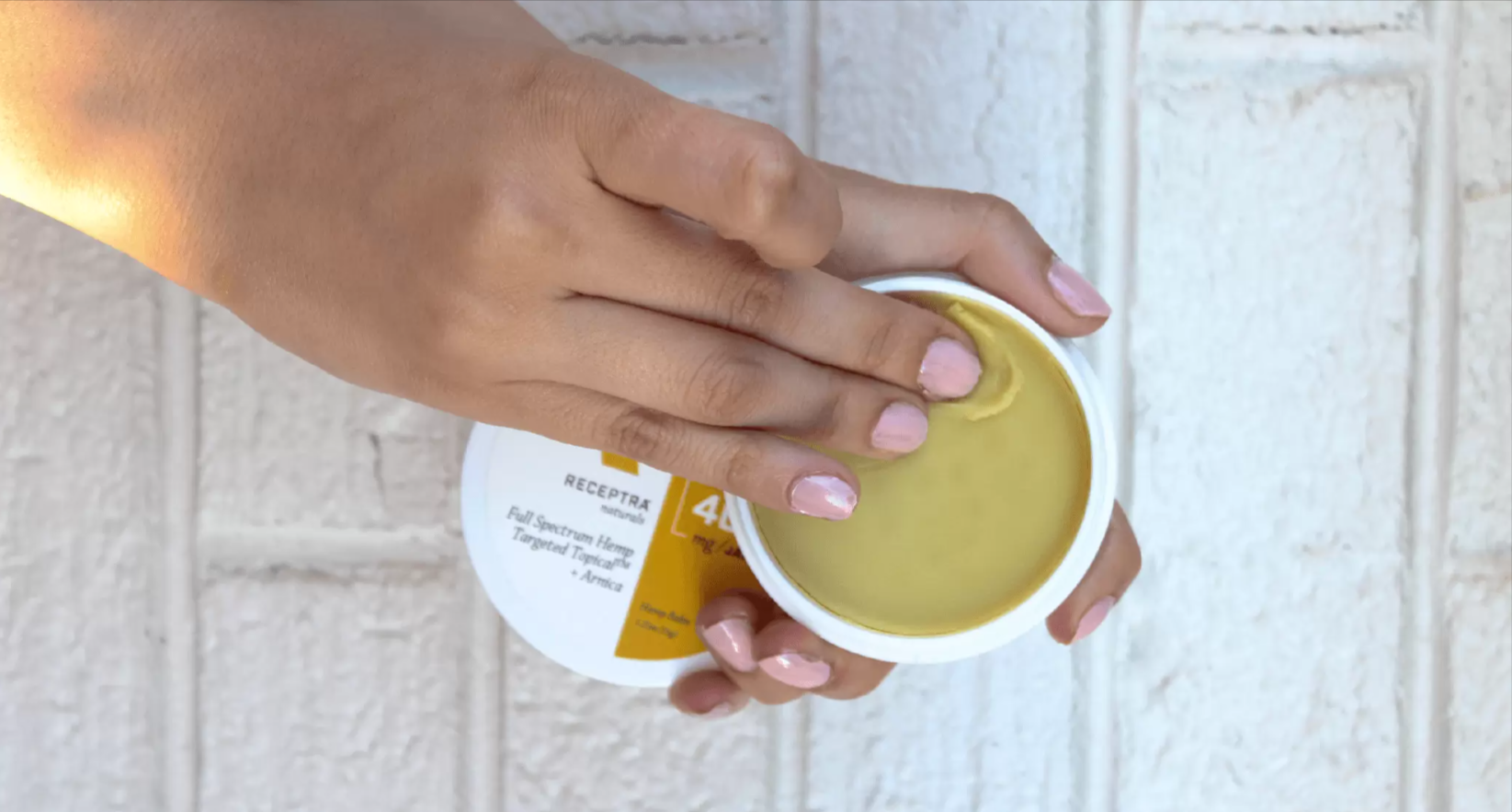How Does CBD for Pain Work?
CBD for pain may be a function of multiple concepts: Retrograde communication of endocannabinoids receptors in the brain, natural antioxidants inhibiting free radicals, and an influx of mood boosting molecules. Here is a little of the generally accepted science as we know it

FEELING LESS PAIN WITH ANANDAMIDE
Anandamide is an endocannabinoid receptor commonly referred to as the “bliss molecule” because of the way it makes you feel. It is notably found in chocolate, which may be one of the reasons chocolate is such a comfort food when we’re feeling down.
Fatty Acid Amide Hydrolase (FAAH) is the enzyme that breaks down anandamide. However, the enzyme decomposes quickly in the body to prevent over-activity from high levels of anandamide. When you consume CBD, it inhibits the FAAH enzyme. As a result, the breakdown of anandamide occurs slowly. This increases the levels of endocannabinoids in the body, allowing the body to relax (feel more blissful) and less pain.
Learn About Relief
BIOLOGICAL COMMUNICATION IS KEY
One quality that sets cannabinoid receptors apart from other receptors in the body is their ability to conduct retrograde neuron signaling. Typically, one neuron sends a signal to another with information, but no information is returned. Anandamide is a retrograde messenger, which means that it can invoke a two-way (retrograde) communication system. This effect explains the ability of the endocannabinoid system to promote homeostasis. The increased communication allows cells to react and respond according to signals received in the brain. This includes pain signals.


OXIDATIVE STRESS AND ANTIOXIDANTS
In 1999 the U.S. government applied for a patent on CBD as an antioxidant. The patent was awarded in 20035. The first claim of the patent asserts CBD use as “a method of treating diseases caused by oxidative stress, comprising administering a therapeutically effective amount of a cannabinoid . . .”
The body naturally produces both antioxidants and free radicals. When free radicals outnumber antioxidants, they become a problem. In today’s world you have heightened exposure to free radical-producing toxins in the environment and in your diet. These toxins can also be self-induced by high levels of alcohol or deep-fried foods. The air you breathe, the water you drink, and the food you eat all carry toxins. This constant exposure requires a conscious effort to introduce more antioxidants into your system.
Free radicals are a natural response that promotes inflammation, which is helpful in moderation, but if left unchecked, it can have serious consequences in the body. Free radicals are responsible for a condition called oxidative stress. This concept can be compared to the browning of an apple or rusting of a car, only it is taking place inside the body. Oxidative stress can cause a number of issues including mental and physical signs of aging, and increased risk of several diseases and mental health conditions. CBD can help keep free radicals in check and reduce inflammation by serving as an antioxidant.
CANNABINOID DEFICIT AND RESEARCH
The term Clinical Endocannabinoid Deficiency (CECD) refers to the theory that all humans have an underlying endocannabinoid tone that is a reflection of levels of the endocannabinoids, anandamide, and 2-arachidonoylglycerol, their production, metabolism, and the relative abundance and state of cannabinoid receptors. The theory is that in certain conditions, whether genetic or acquired, endocannabinoid tone becomes deficient and causes health concerns. There are a number of studies6 correlating a lack of endocannabinoid receptors with pain.
HOW MUCH CBD OIL SHOULD I TAKE FOR PAIN?
Everyone’s endocannabinoid system is a little different. Just as one person may take one over the counter pain pill and find relief for their headache and another may need two, or how two people of the same size can have different alcohol tolerances. For moderate pain we recommend taking 33mg of CBD for pain, which is the amount present in one dropper of Receptra Serious Relief 33 + Turmeric tincture. For more intense pain, we recommend 66mg, which is the amount in Receptra Serious Relief 66 + Turmeric. These amounts are based on studies evaluated by our research and development team to determine the proper dosage for pain.

